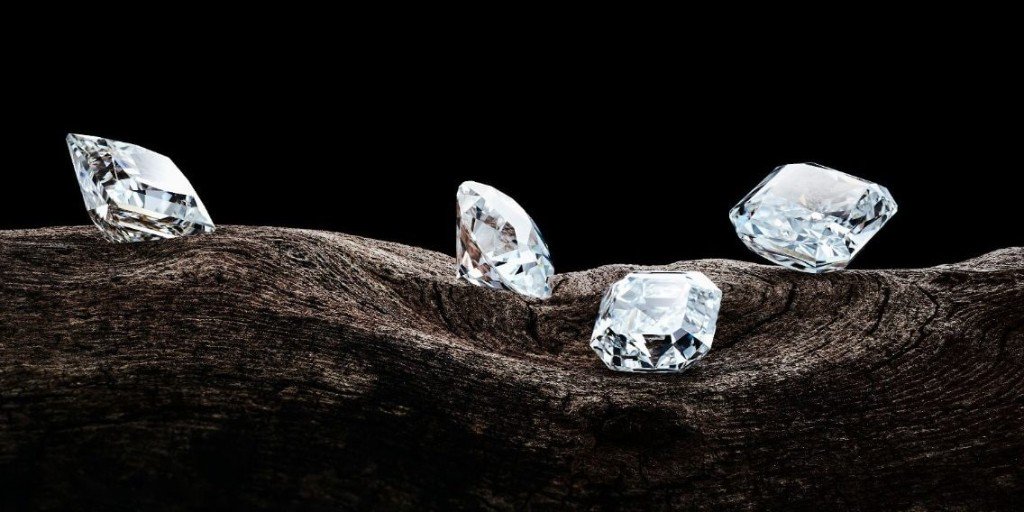Lab grown diamonds have emerged as a revolutionary alternative to natural diamonds, captivating consumers with their ethical, environmental, and economic advantages. Understanding the process behind these marvels of modern science sheds light on their growing popularity and widespread adoption.
Introduction to Lab Grown Diamonds
In recent years, lab grown diamonds have taken the jewelry market by storm, offering an eco-friendly and socially responsible alternative to traditionally mined diamonds. Unlike natural diamonds, which are formed deep within the Earth’s crust over millions of years, lab grown diamonds are created in controlled laboratory environments using advanced technological processes.
The Fascinating Process Behind Lab Grown Diamonds
The process of creating lab grown diamonds mirrors the natural diamond formation process but accelerates it exponentially. It involves replicating the high pressure and temperature conditions found in the Earth’s mantle, where diamonds are naturally formed, within a laboratory setting. This controlled environment enables scientists to grow diamonds with remarkable precision and efficiency.
Step-by-Step Guide to Creating Lab Grown Diamonds
-
Seed Creation: The process begins with the creation of a tiny diamond seed, which serves as the foundation for the growth of the final diamond. These seeds are typically made from a small piece of natural diamond or a synthetic material with similar properties.
-
Diamond Growth Process: Using advanced techniques such as chemical vapor deposition (CVD) or high-pressure high-temperature (HPHT) processes, carbon atoms are deposited onto the diamond seed, gradually building up layers and causing the crystal to grow over time.
-
Diamond Polishing: Once the diamond reaches the desired size, it undergoes a meticulous polishing process to enhance its brilliance and clarity, resulting in a finished gemstone ready for use in jewelry or other applications.
Benefits of Lab Grown Diamonds
Lab grown diamonds offer several compelling benefits compared to their natural counterparts. One of the most significant advantages is their minimal environmental impact, as they require significantly fewer resources and do not involve destructive mining practices. Additionally, lab grown diamonds are free from the ethical concerns associated with diamond mining, such as human rights abuses and environmental degradation.
Quality and Characteristics of Lab Grown Diamonds
Contrary to common misconceptions, lab grown diamonds exhibit the same physical and chemical properties as natural diamonds. They possess the same hardness, brilliance, and fire, making them indistinguishable to the naked eye. Lab grown diamonds are available in a wide range of colors and clarities, allowing consumers to choose the perfect gemstone to suit their preferences and budget.
Misconceptions About Lab Grown Diamonds
Despite their growing popularity, lab grown diamonds are still subject to misconceptions and myths. One of the most common misconceptions is that lab grown diamonds are inferior in quality to natural diamonds. In reality, lab grown diamonds undergo the same rigorous testing and grading processes as natural diamonds, ensuring their quality and authenticity.
Applications of Lab Grown Diamonds
The versatility of lab grown diamonds extends beyond the realm of jewelry, with applications in various industries including technology and manufacturing. lab grown diamond manufacturers in usa superior quality, coupled with their ethical and environmental credentials, makes them an attractive choice for a wide range of applications.
Future of Lab Grown Diamonds
As technology continues to advance, the future of lab grown diamonds looks promising. Continued research and innovation are expected to drive down production costs and increase efficiency, making lab grown diamonds even more accessible to consumers. With growing awareness of the environmental and ethical issues associated with natural diamond mining, the demand for lab grown diamonds is projected to soar in the coming years.
Conclusion
Lab grown diamonds represent a paradigm shift in the diamond industry, offering a sustainable and ethical alternative to traditional diamond mining. Their fascinating production process, coupled with their numerous benefits, has positioned them as a viable choice for consumers seeking beautiful and responsibly sourced gemstones.
FAQs About Lab Grown Diamonds
-
Are lab grown diamonds real diamonds?
- Yes, lab grown diamonds possess the same chemical and physical properties as natural diamonds.
-
How are lab grown diamonds different from natural diamonds?
- Lab grown diamonds are created in controlled laboratory environments, whereas natural diamonds are formed deep within the Earth’s crust.
-
Are lab grown diamonds more affordable than natural diamonds?
- Yes, lab grown diamonds are typically more affordable than natural diamonds due to lower production costs.
-
Do lab grown diamonds have any environmental benefits?
- Yes, lab grown diamonds have a significantly lower environmental impact compared to natural diamonds, as they do not require mining.
-
Are lab grown diamonds considered ethical?
- Yes, lab grown diamonds are considered ethical as they do not contribute to the human rights abuses and environmental destruction associated with diamond mining.

